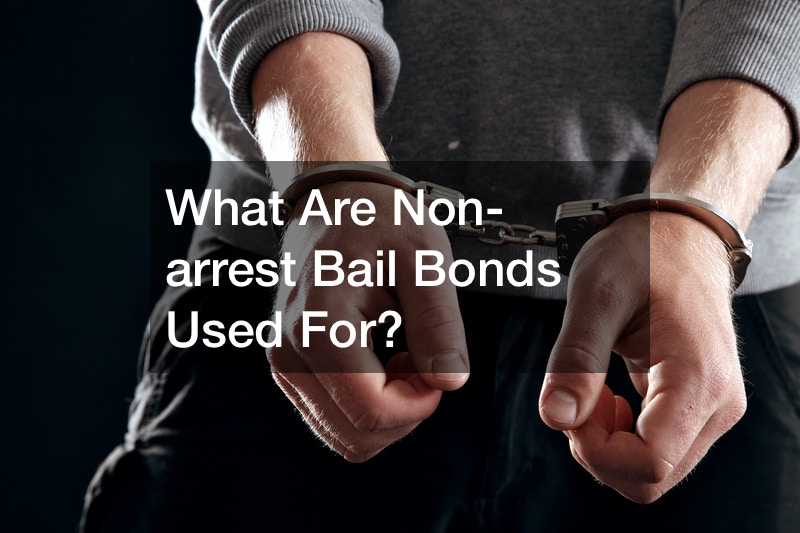
It’s quite easy to get carried away with your spending. Unfortunately, this often causes people to begin accruing debt that’s impossible to pay back on time. If you’re tired of living with the pressure that comes with having large amounts of debt, you might want to consider filing for bankruptcy. In this post, you’ll learn how to determine which type of bankruptcy is right for you.
Understanding the Difference Between Multiple Types of Bankruptcies
While learning about bankruptcy, you’ll often find that you have several options available. Considering that, it can often feel difficult to understand which bankruptcy chapter is right for you. Fortunately, you’ll be glad to know that there are multiple bankruptcy chapters. Learning which one of these chapters is right for you can help alleviate much of your stress. Here are the differences between the three most popular types of bankruptcies.
Chapter 7
If you have large amounts of unsecured debts, you might want to consider filing Chapter 7 bankruptcy. Unsecured debt is that which has no collateral. These often include debt accumulated from personal loans and credit cards. These are debts that many people are dealing with but unable to take care of. However, this chapter isn’t always the best option for those who want to keep vehicles or homes they still owe money towards paying.
To qualify for Chapter 7 bankruptcy, you’ll need to create a list of each creditor you owe money to. In addition, you’ll need to list the amount you currently owe each creditor. You’ll also need to prepare information regarding your income, living expenses, and any property that you own. This type of bankruptcy takes an average of six months to complete. You’ll also want to know that a Chapter 7 bankruptcy stays on your credit report for a period of 10 years.
Chapter 11
Not everyone is needing to file bankruptcy for personal purposes. If you own a business, you’ll want to strongly consider filing for Chapter 11 bankruptcy. Under this chapter, a business or person can create a plan that allows a debtor to pay back their debts over a certain amount of time. In most cases, the debtor will have about four months in which to prepare their case. If given permission by the court, this amount of time is sometimes extended. By filing for Chapter 11, you agree to pay back creditors by placing each one in their own class.
Chapter 13
Many people own property that they want to keep after filing for bankruptcy. If this situation applies to you, you’ll want to think about filing for Chapter 13 bankruptcy. Under this chapter, you’ll need to make a plan to pay back your debts. In most cases, your debts will need to be paid back within three to five years. It’s important to note that corporations, partnerships, and LLCs can’t file for Chapter 13 bankruptcy. However, Chapter 13 is quite popular for those who qualify. During 2013, research shows that 332,626 Chapter 13 bankruptcies were filed throughout the United States.
In conclusion, it’s important to understand how chapters of bankruptcy differ. It’s understandable to still not be sure which chapter of bankruptcy is best for your situation. Considering that, it’s wise to consider contacting a bankruptcy law firm. In turn, you can speak with a bankruptcy lawyer who will help you with this problem. While dealing with the possibility of filing for bankruptcy, it’s understandable to want to avoid spending excessive amounts of money on attorney fees. Fortunately, it’s easy to find a low cost bankruptcy attorney that will help you live a life free from debt.


